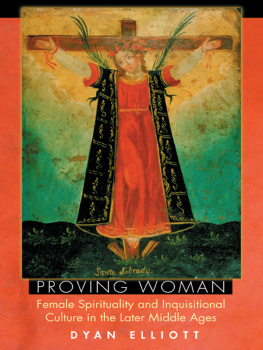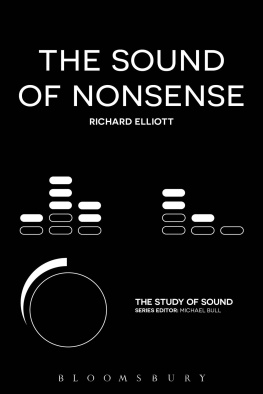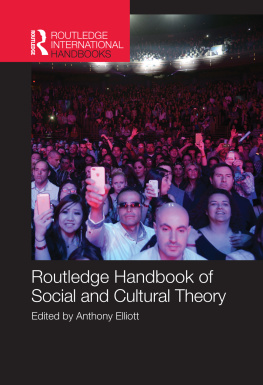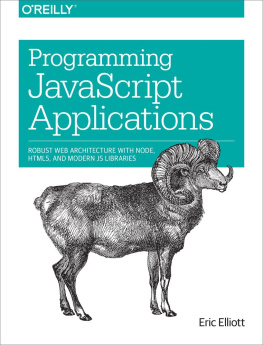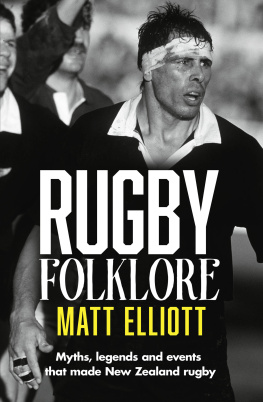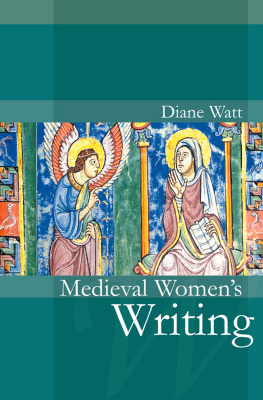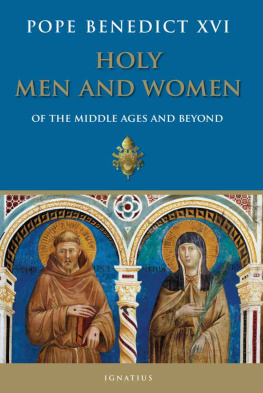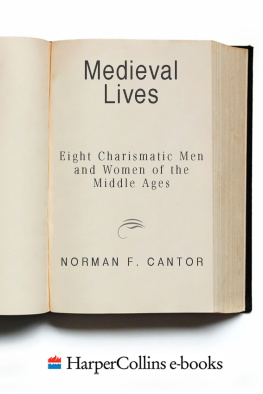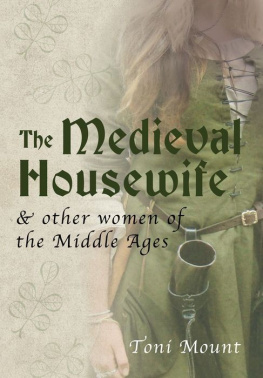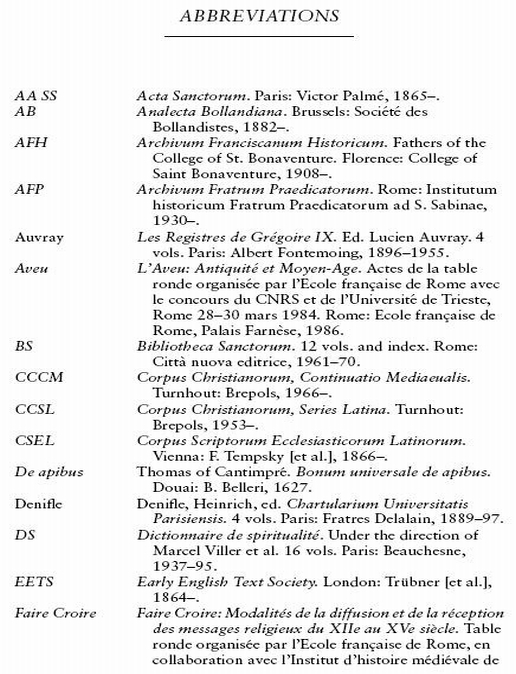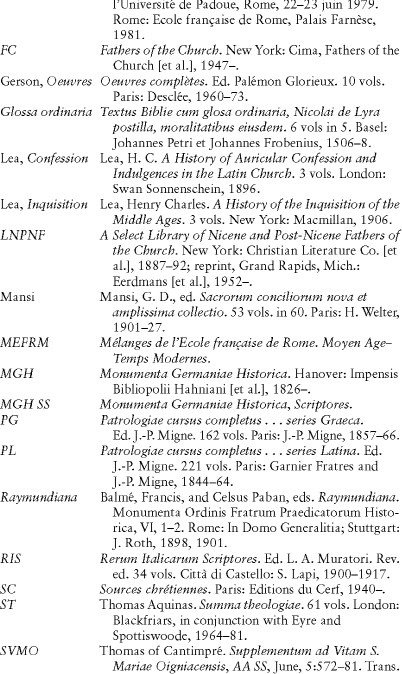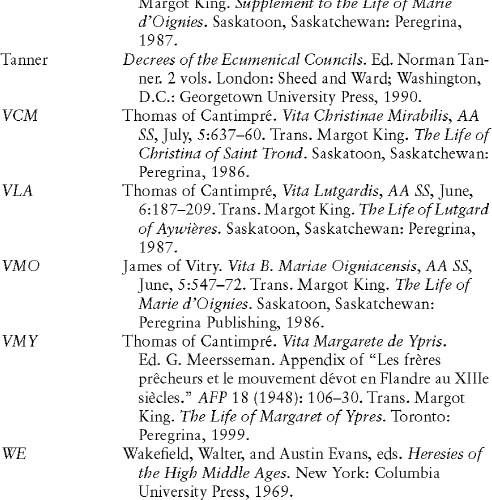Elliott - Proving woman : female spirituality and inquisitional culture in the later Middle Ages
Here you can read online Elliott - Proving woman : female spirituality and inquisitional culture in the later Middle Ages full text of the book (entire story) in english for free. Download pdf and epub, get meaning, cover and reviews about this ebook. City: Europe., Place of publication not identified, year: 2014, publisher: Princeton University Press;[Publisher not identified], genre: Religion. Description of the work, (preface) as well as reviews are available. Best literature library LitArk.com created for fans of good reading and offers a wide selection of genres:
Romance novel
Science fiction
Adventure
Detective
Science
History
Home and family
Prose
Art
Politics
Computer
Non-fiction
Religion
Business
Children
Humor
Choose a favorite category and find really read worthwhile books. Enjoy immersion in the world of imagination, feel the emotions of the characters or learn something new for yourself, make an fascinating discovery.
- Book:Proving woman : female spirituality and inquisitional culture in the later Middle Ages
- Author:
- Publisher:Princeton University Press;[Publisher not identified]
- Genre:
- Year:2014
- City:Europe., Place of publication not identified
- Rating:5 / 5
- Favourites:Add to favourites
- Your mark:
Proving woman : female spirituality and inquisitional culture in the later Middle Ages: summary, description and annotation
We offer to read an annotation, description, summary or preface (depends on what the author of the book "Proving woman : female spirituality and inquisitional culture in the later Middle Ages" wrote himself). If you haven't found the necessary information about the book — write in the comments, we will try to find it.
Abstract: Around the year 1215, female mystics and their sacramental devotion were among orthodoxys most sophisticated weapons in the fight against heresy. Holy womens claims to be in direct communication with God placed them in positions of unprecedented influence. Yet by the end of the Middle Ages female mystics were frequently mistrusted, derided, and in danger of their lives. The witch hunts were just around the corner. While studies of sanctity and heresy tend to be undertaken separately, Proving Woman brings these two avenues of inquiry together by associating the downward trajectory of holy women with medieval societys progressive reliance on the inquisitional procedure. Inquisition was soon used for resolving most questions of proof. It was employed for distinguishing saints and heretics; it underwrote the new emphasis on confession in both sacramental and judicial spheres; and it heralded the reintroduction of torture as a mechanism for extracting proof through confession. As women were progressively subjected to this screening, they became ensnared in the interlocking web of proofs. No aspect of female spirituality remained untouched. Since inquisition determined the need for tangible proofs, it even may have fostered the kind of excruciating illnesses and extraordinary bodily changes associated with female spirituality. In turn, the physical suffering of holy women became tacit support for all kinds of earthly suffering, even validating temporal mechanisms of justice in their most aggressive forms. The widespread adoption of inquisitional mechanisms for assessing female spirituality eventuated in a growing confusion between the saintly and heretical and the ultimate criminalization of female religious expression
Elliott: author's other books
Who wrote Proving woman : female spirituality and inquisitional culture in the later Middle Ages? Find out the surname, the name of the author of the book and a list of all author's works by series.

